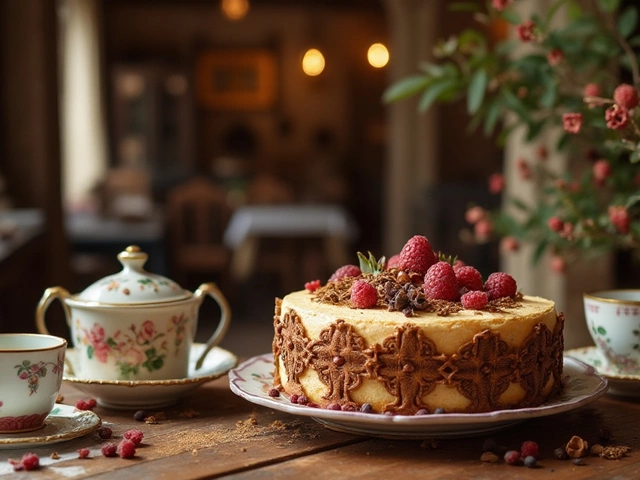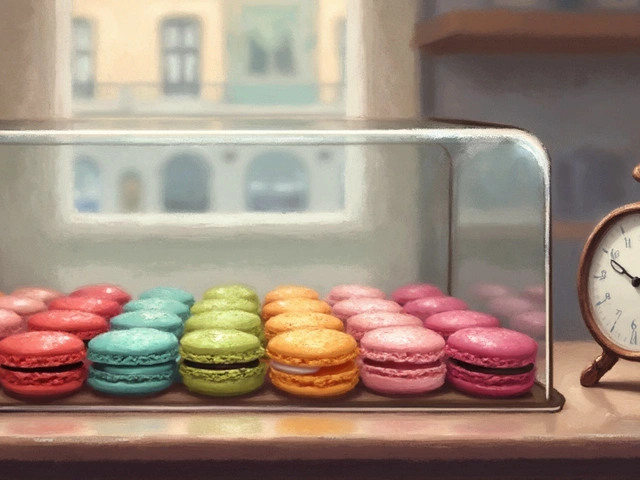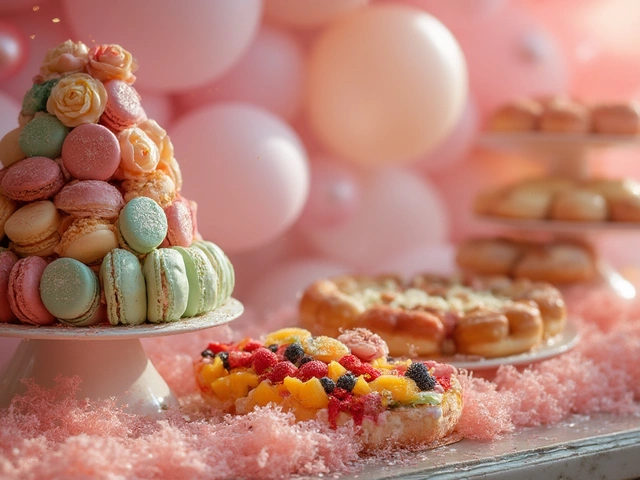Chocolate Fudge: Easy Recipes, Tips & Tricks
If you love the rich, melt‑in‑your‑mouth feel of chocolate fudge, you’re in the right place. This guide pulls together the best advice from our blog posts so you can skip the guesswork and get perfect fudge every time.
How to Get Perfect Creamy Chocolate Fudge
The secret starts with the right temperature. Aim for the soft‑ball stage: 235‑240°F (112‑115°C). Use a candy thermometer and stir constantly once the mixture boils. When it reaches the target, remove it from the heat and let it cool to about 110°F before beating. This cooling step lets the sugar crystals form the right size for that smooth, velvety texture.
Next, choose your chocolate wisely. Full‑fat cocoa butter gives a glossy finish and helps the fudge stay creamy. Melt it gently with the sugar‑milk mixture; overheating chocolate can make the fudge grainy. A quick tip: add a splash of corn syrup or a pinch of salt to keep the sugar from crystallizing too early.
Common Fudge Problems and Quick Fixes
Grainy fudge? It usually means the mixture was over‑cooked or stirred too much after reaching the soft‑ball stage. If you see grainy bits, gently re‑heat the fudge to 240°F, stir until the crystals dissolve, then cool and beat again. For rock‑hard fudge, you probably boiled it past the soft‑ball stage. The cure is simple: start over, but keep a close eye on the thermometer.
Altitude can mess with your timing. At higher elevations, water boils lower, so you’ll need to raise the temperature a few degrees to hit the soft‑ball stage. Add an extra minute of boiling and test the temperature before you stop.
Storing fudge correctly keeps it fresh for weeks. Cut it into squares, wrap each piece in parchment, then place the wrapped pieces in an airtight container. Store in a cool, dark spot—not the fridge unless you live in a hot climate. Frosty temperatures can make the chocolate bloom, leaving a white film on the surface.
When you’re ready to serve, let the fudge sit at room temperature for about 15 minutes. This short rest lets the fats settle and the flavors meld. If you want a fancy finish, drizzle a little melted chocolate over the top or sprinkle sea salt for a sweet‑salty twist.
One more pro tip: if you’re making a batch for a crowd, line your pan with parchment paper. It lifts the fudge cleanly without breaking, and you can stack the sheets for easy transport.
Now you have all the basics—temperature, ingredients, common pitfalls, and storage—so you can whip up silky chocolate fudge whenever the craving hits. Grab your pot, heat that thermometer, and enjoy the delicious results.
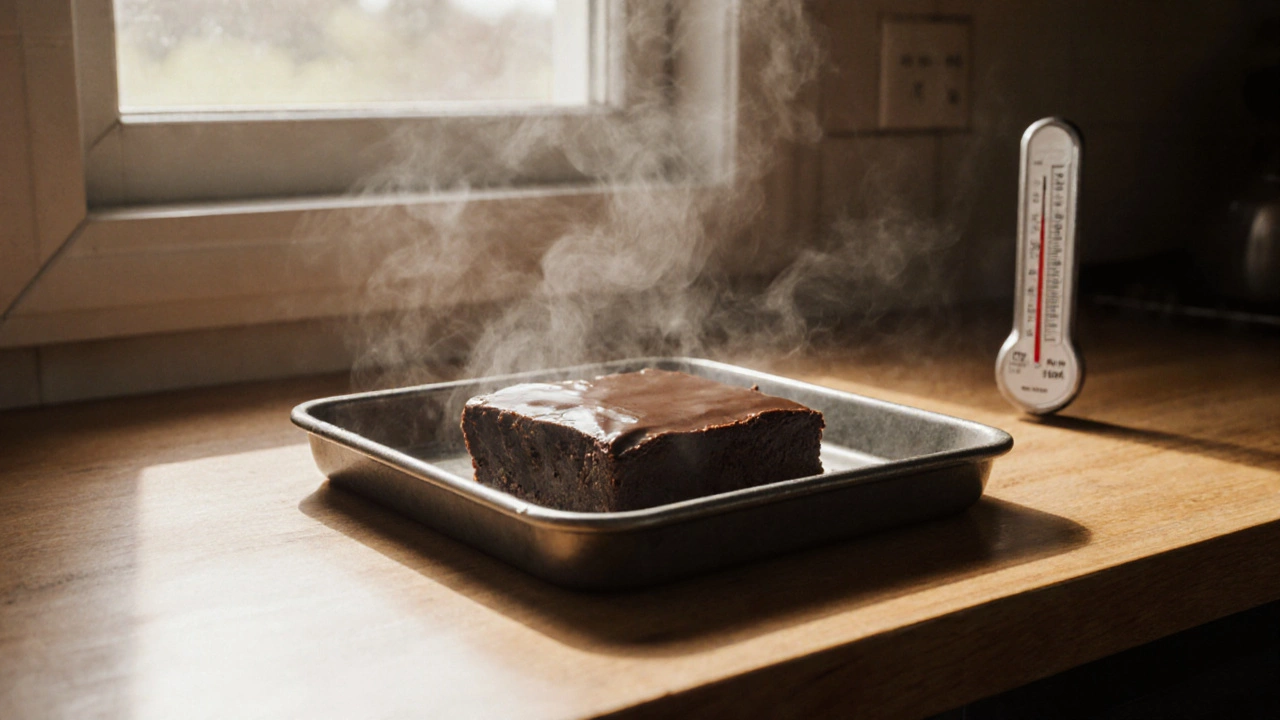
How Long Does It Take for Fudge to Fully Harden?
Fudge takes 4 to 6 hours to harden at room temperature. Learn why timing, temperature, and patience matter for creamy, cuttable fudge every time.
View More
Why Is Fudge So Hard to Make? Secrets, Science, and Tips for Perfect Homemade Fudge
Ever wondered why fudge turns gritty or weirdly gooey? This deep-dive unpacks the real reasons fudge is tricky and shows how to master it in your own kitchen.
View More
What Not to Do When Making Fudge
Making fudge can seem simple, but even small mistakes can ruin the batch. Dive into the common pitfalls of fudge-making, and learn how to avoid grainy texture, burning chocolate, and more. Whether you're a beginner or seasoned pro, this guide offers practical advice and insights to help you achieve velvety, mouthwatering fudge every time.
View More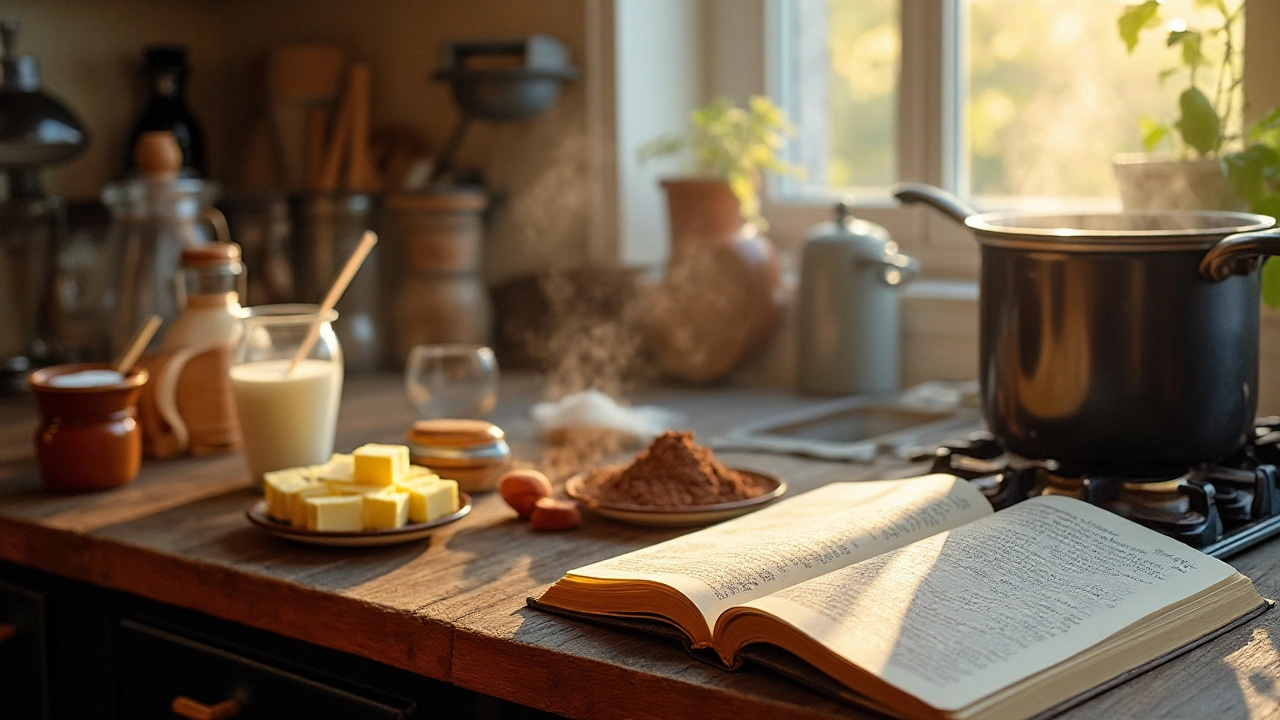
Unraveling the Sweet Mystery: Fudge vs. Chocolate Fudge
Exploring the subtle yet delicious distinction between fudge and chocolate fudge, this article delves into their origins, ingredients, and popular recipes. Discover which ingredients set them apart and how personal touches can make each batch unique. Uncover how to make the perfect fudge that suits your taste and satisfy that sweet craving with simple cooking tips. A journey through the rich world of fudge, from creamy classics to chocolatey delights. Learn how to master both and add a sweet twist to traditional desserts.
View More
